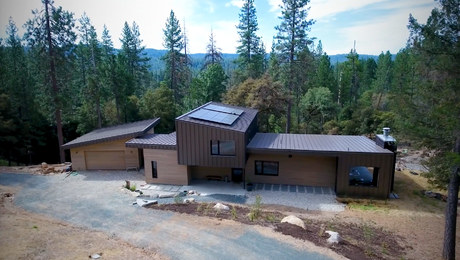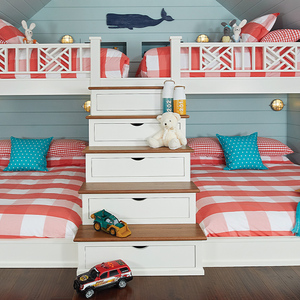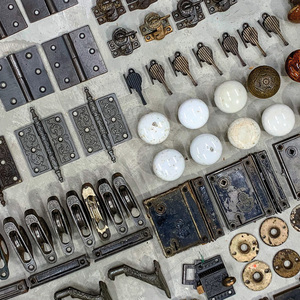*
I’d like to build under- and in-floor heating into my new house, but I don’t want to run ductwork for the AC unless I have to. Hotels use pumped cold water to local cold-radiators with fans. Will this break my bank? What would you do? Better yet, what did you do, and what did it cost?
Discussion Forum
Discussion Forum
Up Next
Video Shorts
Featured Story

Simple air-sealing measures and spray-applied sealant lower energy bills and increase comfort without the need to tear the house apart.
Highlights
Fine Homebuilding Magazine
- Home Group
- Antique Trader
- Arts & Crafts Homes
- Bank Note Reporter
- Cabin Life
- Cuisine at Home
- Fine Gardening
- Fine Woodworking
- Green Building Advisor
- Garden Gate
- Horticulture
- Keep Craft Alive
- Log Home Living
- Military Trader/Vehicles
- Numismatic News
- Numismaster
- Old Cars Weekly
- Old House Journal
- Period Homes
- Popular Woodworking
- Script
- ShopNotes
- Sports Collectors Digest
- Threads
- Timber Home Living
- Traditional Building
- Woodsmith
- World Coin News
- Writer's Digest


















Replies
*
It depends somewhat on your air conditioning needs. I am building a new home with radiant floors. I am using a simplified duct system primarily for a Heat Recovery Ventilation system (very tight and well insulated house) but will also connect a standard central air conditioner to the ductwork (that I can use for the 3-4 wks that we need AC in Wisconsin). I considered other AC options including mini-duct systems, individual room units, etc. all of which were not much cheaper and seemed like poor alternatives. My feeling is that the HVAC system is not the place to save money and I am choosing the most comfortable heating and cooling (and ventilation) options available. We are cutting costs elsewhere.
*Centrally locate AC inside building envelope.Short ducts kept inside building envelope.Or superinsulate, use fans, and forget AC.Thats it.Jack : )More info Building Science Corporation
*If you live in a dry, deserty area, you could consider a swamp-cooler, or, better yet, a two-stage cooler (which puts out cool air that's not so moisture-laden). smartcool.com (located near Sacramento, CA) has received favorable reviews.With a cooler, you let the air dump down into house from attic, then exhaust through partially open windows.
*Mike: You can certainly cool your house by running cold water through the in-floor tubing (the city of Kenai, Alaska gives me all the unmetered, 45F water I want for one set price) but you may not want to. For every 22F you drop the air temperature, you double the relative humidity. As you approach 100% RH, the air feels calmy, you feel calmy, and bath towels mildew on the rack. When you exceed 100% RH, you get condensation. That's why central and room A/C's have drip pans and drains - to get rid of that condensed water. If using an in-floor system, the condensation will occur in the carpet or on the flooring.If you are in a dry, hot place, you could do the in-floor thing. But I'd control it through a humidistat (a.k.a. RH meter, hygrometer) so that if you approach condensing conditions, it stops. -David
*
I'd like to build under- and in-floor heating into my new house, but I don't want to run ductwork for the AC unless I have to. Hotels use pumped cold water to local cold-radiators with fans. Will this break my bank? What would you do? Better yet, what did you do, and what did it cost?